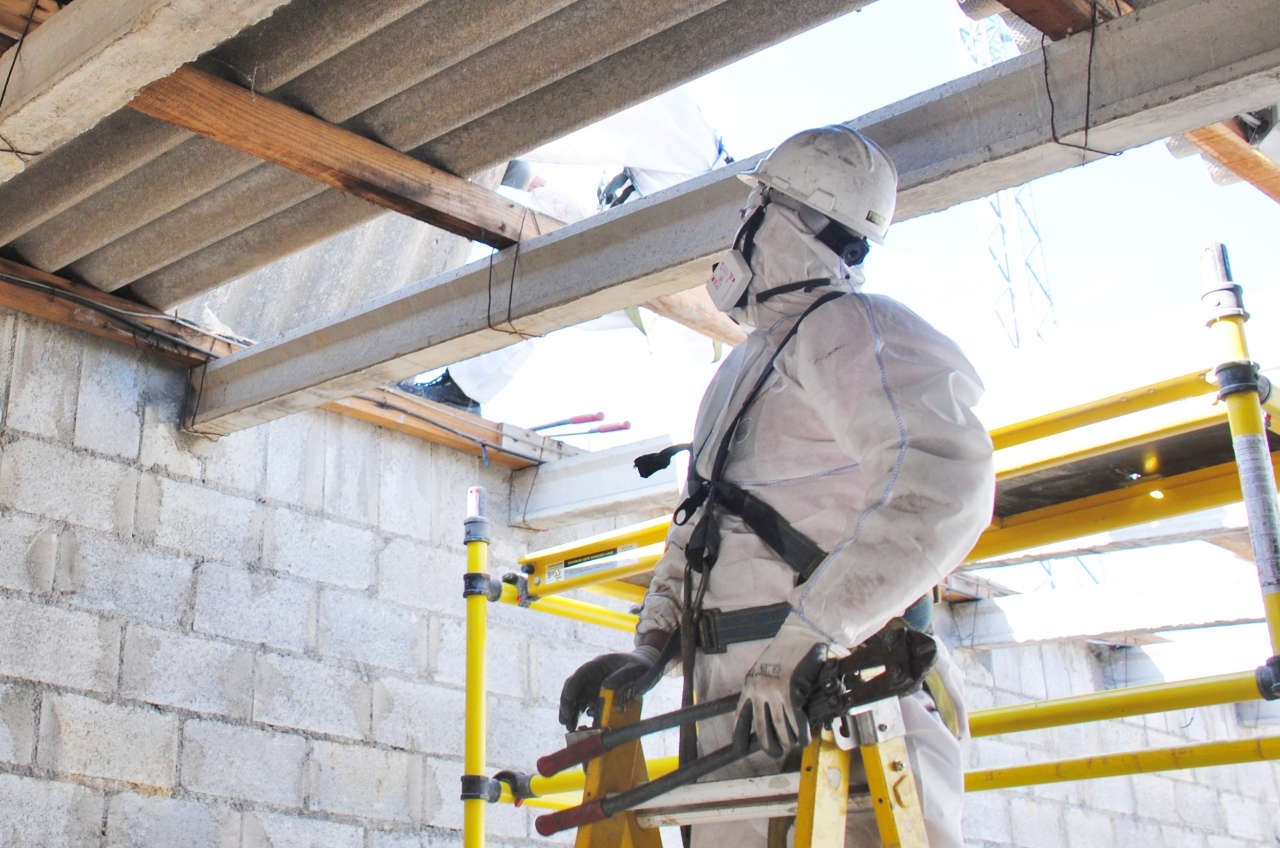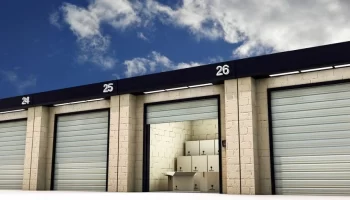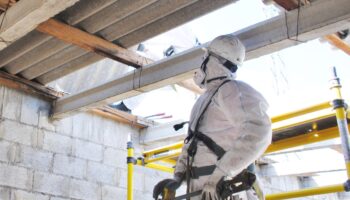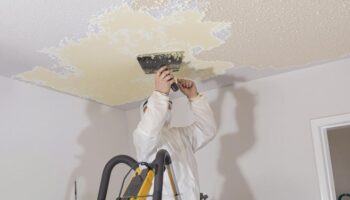Ensuring the safety and health of building occupants is paramount, especially in identifying potential asbestos hazards. Asbestos, a naturally occurring mineral once prevalent in construction, is associated with severe health risks like lung cancer, mesothelioma, and asbestosis. While regulations have restricted its use in many countries, older buildings may still harbour this dangerous substance. This underscores the importance of building inspections.
What is asbestos, and why is it dangerous?
Asbestos is a group of six naturally occurring fibrous minerals known for their heat resistance, durability, and insulating properties. These characteristics made Asbestos famous for various construction materials, including insulation, roofing, flooring, and cement, particularly from the 1930s to the 1970s. The danger lies in the microscopic fibres that Asbestos releases into the air when disturbed or damaged. When inhaled, these fibres become trapped in the lungs and cause severe health problems. The latency period for asbestos-related diseases can span several decades, meaning that symptoms may only appear years after exposure. This is why identifying and addressing potential asbestos risks through building inspections is crucial.
Role of building inspections in identifying asbestos
Building inspections comprehensively assess a structure’s condition, safety, and compliance with local building codes and regulations. A qualified building inspector plays a vital role when identifying potential asbestos risks. Here’s how:
- Visual inspection
An experienced inspector will know where to look for materials likely to contain Asbestos, such as old insulation, floor tiles, roof shingles, and pipe insulation. They will also look for signs of damage or deterioration, which can indicate the potential for asbestos fibres to become airborne.
- Material sampling
If the inspector suspects a material contains Asbestos, they will collect a sample for laboratory analysis. This process involves carefully removing a small piece of the material without disturbing the surrounding area. The sample is then sent to a certified laboratory, which undergoes microscopic examination to determine the presence and type of asbestos fibres.
- Risk assessment
Once the laboratory results are available, the building inspector will assess the potential risk posed by any asbestos-containing materials. Factors such as the material’s condition, location, and likelihood of being disturbed will be considered. Based on this assessment, the inspector will provide recommendations for safely managing or removing the Asbestos.
- Documentation and reporting
The inspector will create a detailed report outlining any asbestos-containing materials found, their location, condition, and recommended actions. This report is valuable for property owners, managers, and occupants, enabling them to make informed decisions about asbestos management and remediation.
Importance of professional asbestos inspections
While a general building inspection helps identify potential asbestos risks, it’s essential to recognize the importance of professional asbestos inspections conducted by trained and certified experts. These specialists have the knowledge, skills, and equipment to thoroughly assess a building for Asbestos and develop appropriate management strategies. Professional asbestos inspectors follow stringent protocols and regulations to ensure the safety of the inspector and the building’s occupants. They use specialized equipment, such as high-efficiency particulate air (HEPA) vacuums and personal protective equipment (PPE), to minimize the risk of asbestos exposure during inspection. check out the post right here about the building inspections Sydney.





